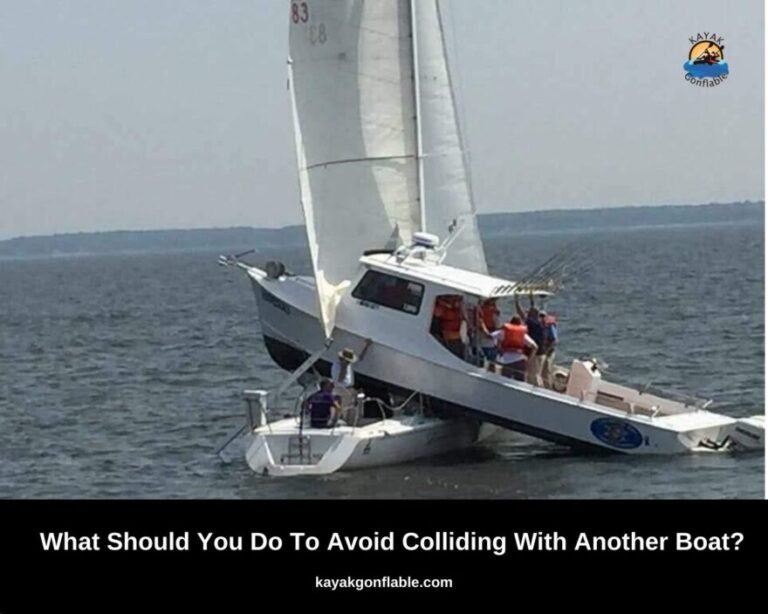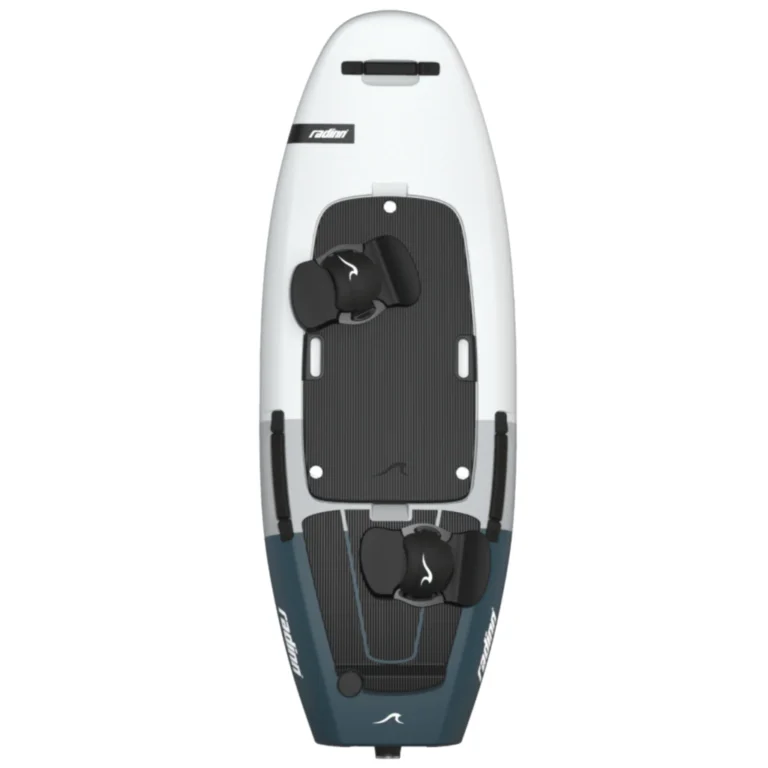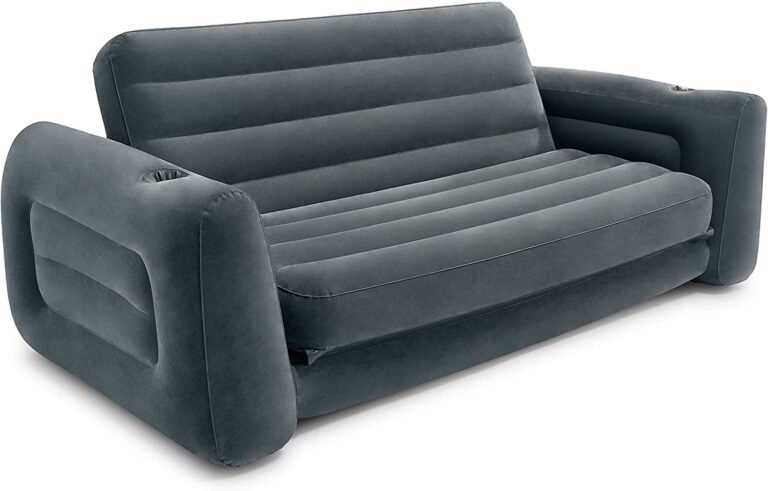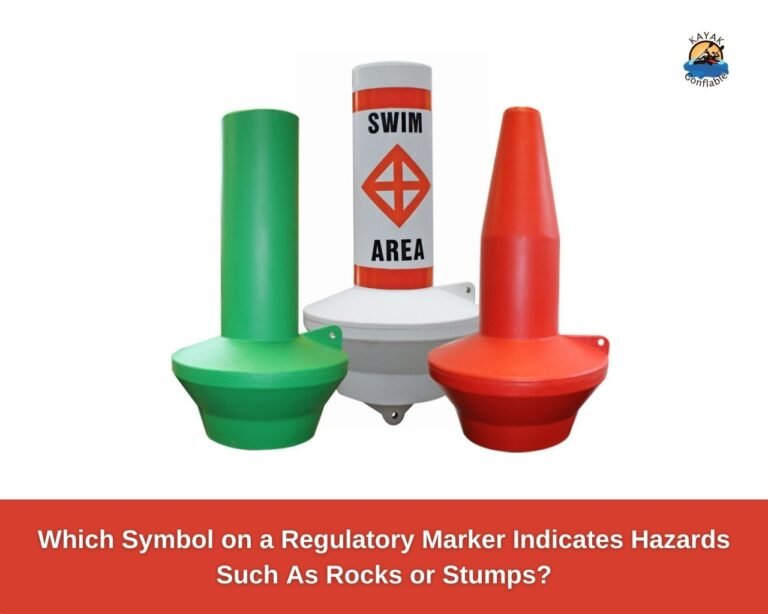Oar Vs Paddle: The Key Differences Between Oars and Paddles
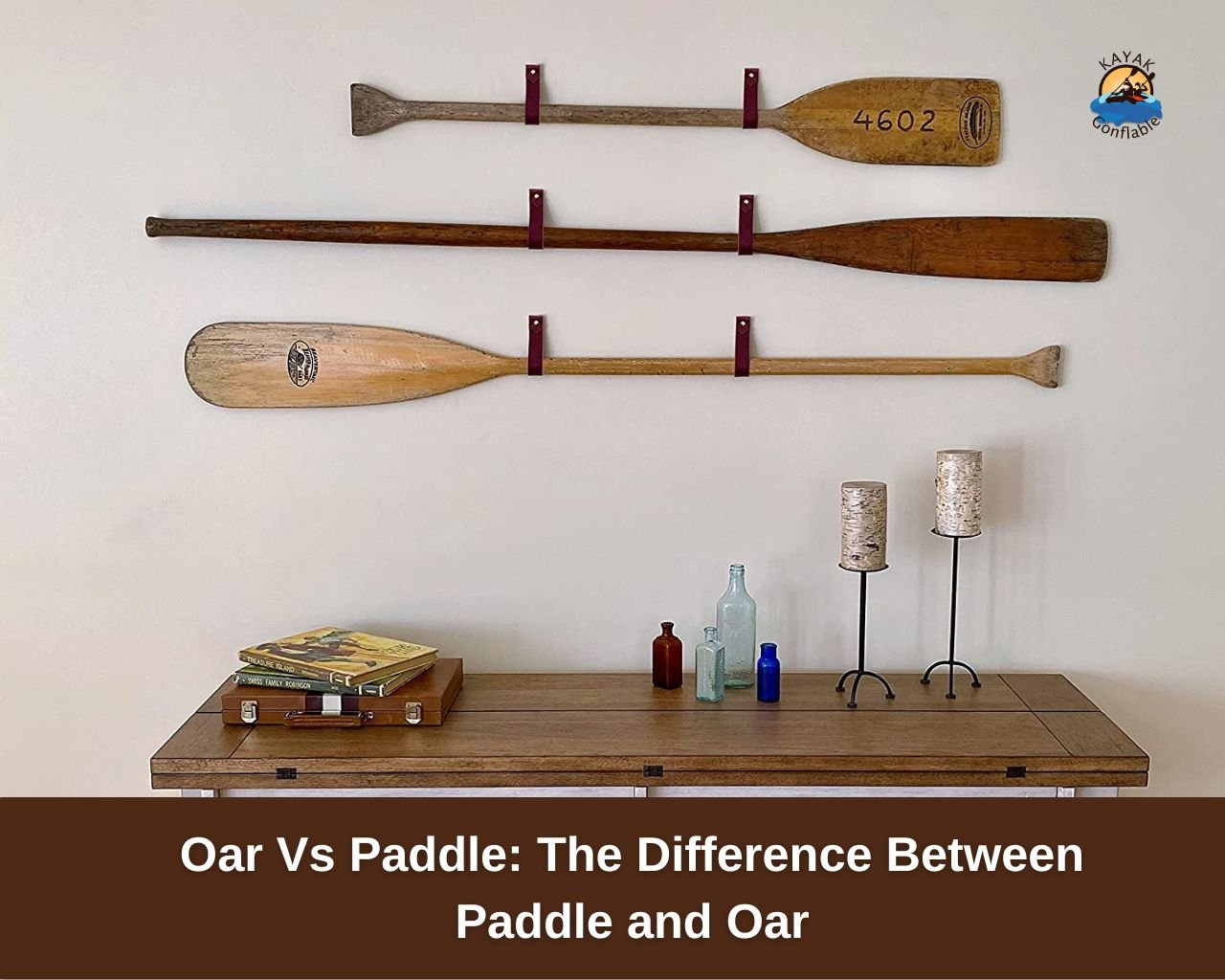
What’s The Difference Between Paddles and Oars?
We have all at one time or the other come across the words “paddle” and “oar.” They are popular equipment in watersports and are usually used to propel watercraft in the water.
As watersports and paddle sports in particular gain popularity daily, more and more people are found on the water interested in taking up one watersport or the other.
This has caused an increase in the number of people who have to know different watersport equipment and when they should be used.
Though many people use them interchangeably, paddles and oars are actually different and have different uses. We explore just what makes these two watersports pieces of equipment different in this article.
What Is An Oar?
An oar is an elongated implement with a blade at one end, used to move a boat through water by rowing.
Oars are often paired in pairs and used together to propel the boat forward or backward using a rhythmic back-and-forth motion; they are used to move a boat through water by pushing and pulling on the oar.
Oars are rowed by an oarsman, who uses their body to provide power and control. Oars are usually made out of wood or metal. Some watercraft that make use of oars are rowing boats, sweep boats, skiffs, dinghies, skulling boats, and yacht tenders.
What Is A Paddle?
A paddle is an implement used for propelling a boat or other watercraft. It is typically about 18 inches long and can be single-bladed or double-bladed.
There are many different types of paddles, but the simplest type is a flat piece of wood or plastic with a rounded edge. You push the boat with the paddle and use your hands to steer.
Paddles are used for paddling. Some popular paddle sports include kayaking, canoeing, and stand-up paddle boarding.
In kayaking and canoeing, a paddle is used to move the watercraft through the water while in stand-up paddle boarding a person uses a paddle to propel himself through the water.
Paddle sports are so-called because they involve the use of a paddle to navigate waterways. They are a fun way to relax and work out.
Differences Between Paddles And Oars
1. Oars are attached to the watercraft while paddles are not
A major difference between these pieces of equipment is their location on a watercraft. While paddles are separate from the watercraft, oars are attached to the boat sides by an oarlock or a rowlock.
The oarlock or rowlock is in turn attached to the boat and serves as a fixed or sliding fulcrum. While rowing, the oarsman transfers energy from their body to the handle of the oars and then to their blades.
This energy is what propels the boat through the water. Unlike rowing where the oarlock or rowlock is the fulcrum, in paddle sports like kayaking and canoeing, the adventurer/sportsman’s shoulders or hands act as the pivot point for applying energy to the paddle and navigating the water.
2. Oars and paddles are used differently
There is a reason paddles are preferred by adventurers and it is because they let you see where you are going.
You guessed right, oars have you moving with your back turned to your destination and you constantly have to look over your shoulders if you want a safe trip.
The method of propulsion falls back on the working mechanism of each of these pieces of water equipment. Paddlers use their paddles to create forward momentum.
This is accomplished by pulling on the water with each stroke, propelling the vessel in the direction the paddler is facing. Paddling thus allows you to see where you are going and is preferred by most especially when exploring a new environment. Oars work in the opposite direction of paddles.
While paddles pull the water towards the watercraft to achieve forward momentum, oars push the water away essentially creating backward momentum.
For rowing, the paddler is required to sit with his back turned in the direction he’s going. It is not difficult to see why adventurers prefer the paddle.
3. Different materials are used in each equipment’s construction
Another easy way to tell paddles and oars apart is the materials from which they are made. Paddles are usually made from materials that are strong while being light like aluminum, carbon fiber, and fiberglass.
This is to ensure the paddle is light enough to be used by paddlers of all ages and strong enough to propel the watercraft in water and help navigate even in dangerous conditions. Most oars are however made of hardwood such as ash and are thus considerably heavier than paddles.
It is important to know that this difference is not set in stone as carbon fiber oars exist for those who engage in competitive rowing while canoe-style paddles are generally made of hardwood.
While not absolute, this difference lets you know that if the equipment is light, it is probably a paddle and if not, it is most likely an oar.
4. The muscles involved and physical strength required to use each
Yet another difference between these two propulsion equipment lies in their use. Rowing takes a toll on the entire body while paddling does not.
In rowing, your arms and back are not the only sources of energy for propulsion; your legs can add more power to each oar stroke helping you cover more ground.
This is particularly evident in sculls and sweep-oar boats where the entire seat slides back and forth with the effort of rowing.
In contrast, in paddling, the forward stroke is aided by the abdominal and oblique muscles with your back and arm muscles supporting the movement; they transfer the force to the paddle and thus propel the watercraft.
As opposed to rowing, the legs have little to do with the watercraft’s propulsion and mainly help the paddler maintain his balance in the canoe, kayak, or other watercraft.
5. Stroke technique
Oars and paddles differ in stroke technique since they are not the same. Paddles essentially take you forward while oars take you backward.
A major difference between these two propulsion devices is that paddling requires a single paddle that could be single-bladed or double-bladed.
The paddler holds the paddle with both hands and the paddle blade enters the water on either side of the watercraft propelling it forward.
Rowing on the other hand generally requires two oars fixed on either side of the boat. The rower holds an oar in each hand and uses it to move the vessel through water. The only exception to this is sweep rowing which uses one oar and requires a two-handed control of that oar.
6. Design and appearance
A key difference and a good way to tell oars and paddles apart is how they look. By now you already know that an oar is single-bladed and fixed to the side of the boat by an oarlock or rowlock that acts as the fulcrum while rowing.
You also know that two oars are typically involved in rowing; one placed on each side of the boat. Paddles on the other hand can be either single-bladed or double-bladed depending on the intended use.
This makes paddles the more versatile of the two pieces of equipment. Canoeists and rafters usually use single-bladed paddles as they allow for quick turns and control.
Kayakers are however fond of double-bladed paddles because it makes for faster and more efficient paddling. Double-bladed paddles are also less physically taxing to use.
7. Intended watercraft
As you can imagine, with different styles of propulsion of vessels through water, paddles, and oars are suited to different types of watercraft.
Paddles are commonly used for navigating kayaks, canoes, stand-up paddleboards, and rafts. They are famous in adventurous sports.
Oars are instead used on rowing boats, sweep-oar boats, sculls, and yacht tenders. With this knowledge, you know that certain vessels are associated with either paddles or oars and can easily identify the piece of equipment based on that.
8. Where do they hang from?
Oars are kept in place thanks to oarlocks. An oarlock is a type of locking mechanism used on oars. It consists of a pair of arms that hold the oar in place and are attached to the handle of the oar.
When the user pulls on the oar, the oarlock releases, allowing the user to twist the oar. The oarlock can be tightened or loosened depending on the situation at hand.
Oarlocks keep the oar in place, preventing it from slipping and causing the boat to lose speed. Paddles unlike oars are not attached to anything and spend most of the trip in the paddler’s hands.
Paddles rely on the paddler remaining in control of his watercraft and as such, should your paddle fall overboard you have to go and retrieve it.
If you intend to navigate rough waters it might be a good idea to invest in a paddle leash. The paddle leash ensures you don’t lose your paddle if it falls overboard or even if your vessel capsizes.
9. Performance and Speed
Another way to tell paddles and oars apart is how they deliver on the water. Which method of propulsion will get you faster to your destination?
The performance of paddles and oars naturally depends on certain factors like weather and water conditions, the size of the vessel, the paddler or rower’s strength, etc.
In similar conditions, rowing is the faster method of propulsion. This makes sense since leg muscles contribute to rowing’s momentum while no such thing occurs while paddling.
Oars are consequently the preferred method of propulsion in rowing sports. It is also why larger boats are equipped with oars instead of paddles.
Double-bladed paddles also deliver when it comes to speed especially when paired with a high-performance watercraft. They are usually beaten in calm water conditions. Paddling is however the preferred method of propulsion in rough waters.
10. Market price
Paddles and oars also differ in price. Naturally, oars are more expensive than paddles. For one, you need two oars as opposed to a single paddle.
Also, high-quality hardwood oars with metal oarlocks are bound to cost more than a typical paddle.
If you are getting into watersports, a kayak with a double-bladed paddle is going to strain your finances less than a rowboat with a pair of oars. It is no wonder that most people pick kayaks and paddleboards as their first watercraft.
Oars and paddles are both used to propel watercraft through the water, but they have different features that make them better suited for different tasks.
Oars are typically used in larger boats, while paddles are more common in canoes and kayaks. Oars are also better for rowing in a straight line, while paddles are better for steering and maneuvering.
Oars are typically longer and have a thicker blade than paddles. Paddles are also less expensive than oars making them more affordable.
Paddles propel the watercraft in the direction the paddler is facing while oars propel the vessel backward causing you to have to constantly look above your shoulder especially if you are rowing alone.
Rowing which makes use of oars is generally faster in calmer waters but paddling is preferred in choppy water as it gives better control of the watercraft in dangerous conditions.
Rowing also provides a better workout as all body muscles are involved in propelling the vessel whereas your legs mainly provide stability while paddling.
These differences and more set these two watercraft propulsion instruments apart and will help you differentiate between them.
Hopefully, next time family or friends use these terms interchangeably, you will be able to explain to them that they are in fact different and have different uses.
Before hitting the water, remember to pick the propulsion equipment better suited for your watercraft. If you are kayaking, canoeing, rafting, or paddle boarding, you need a paddle.
Any time you have to row or make use of a sweepboat, scull, rowboat, or other such vessels, make use of a pair of oars. Always remember to stay safe and have fun on the water.

